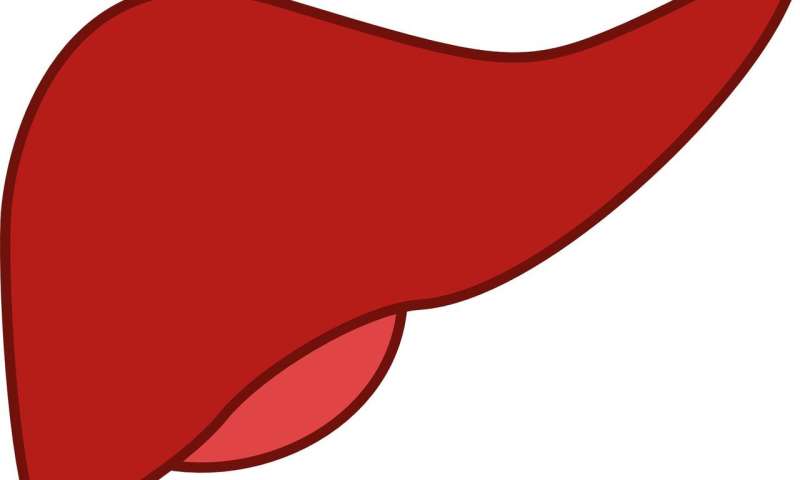Researchers find potential drug treatment targets for alcohol-related liver disease

Alcohol-related liver disease (ALD) is a deadly condition affecting more than 150 million people worldwide with no treatment available besides transplant.
But now, a team led by researchers from Massachusetts General Hospital (MGH) has uncovered key molecular step stones in ALD that may provide targets for drug therapy development. Their work was recently published in Proceedings of the National Academy of Sciences (PNAS).
This groundbreaking research was achieved by combining RNA sequence analysis of patient liver samples with transgenic mouse studies.
The team identified two promising potential molecular targets for ALD drug development—cGAS and Cx32. The lead author on the study is Jay Luther, MD, gastroenterologist and Director of the Mass General Alcohol Liver Center. The senior author is Suraj J. Patel, MD, Ph.D., a research fellow in the department of Medicine.
"Now that we know the key players in this pathway, we finally have drug targets for treatment development," says Luther. "Until now, we haven't had any successful leads. Meanwhile, the number of patients has grown."
Researchers already knew that liver cell (hepatocyte) death in ALD is driven by IFN regulatory factor (IRF3). That process also fuels a strong secondary inflammatory response that affects nearby cells and can eventually lead to liver failure.
But scientists have been puzzling over how alcohol activates IRF3 and which pathways amplify the inflammatory signals that make the disease spread throughout the liver. As a result of that process, ALD attacks the liver at a certain point regardless of whether the patient is still drinking alcohol.
"Until now, now we had only few clues about why alcohol-related liver disease progresses the way it does, but this research fills in key pieces of the puzzle," says Patel.
In their studies, the team analyzed liver cells from patients, with a wide range in degree of disease severity, using RNA-sequencing. Their analysis showed that the level of cGAS expression was related to the degree of disease.
In a study of alcohol-fed mice, they found those animals also had higher expression of the cGAS-IrF3 pathway in liver cells. Meanwhile, mice that were genetically designed to have lower levels of cGAS and IRF3 were less susceptible to ALD.
The Mass General-led team determined that cytoplasmic sensor cyclic guanosine monophosphate-adenosine monophosphate (AMP) synthase (cGAS) drives IRF3 activation in both liver cells directly injured by alcohol as well as neighboring cells. They also pinpointed connexin 32 (Cx32) as a possible new drug target, as it is a key regulator of cGAS-driven IRF3 activation.
"It is very encouraging to see that we now have evidence-based targets for drug development for ALD," says Luther.
Explore further








 User Center
User Center My Training Class
My Training Class Feedback
Feedback












Comments
Something to say?
Log in or Sign up for free